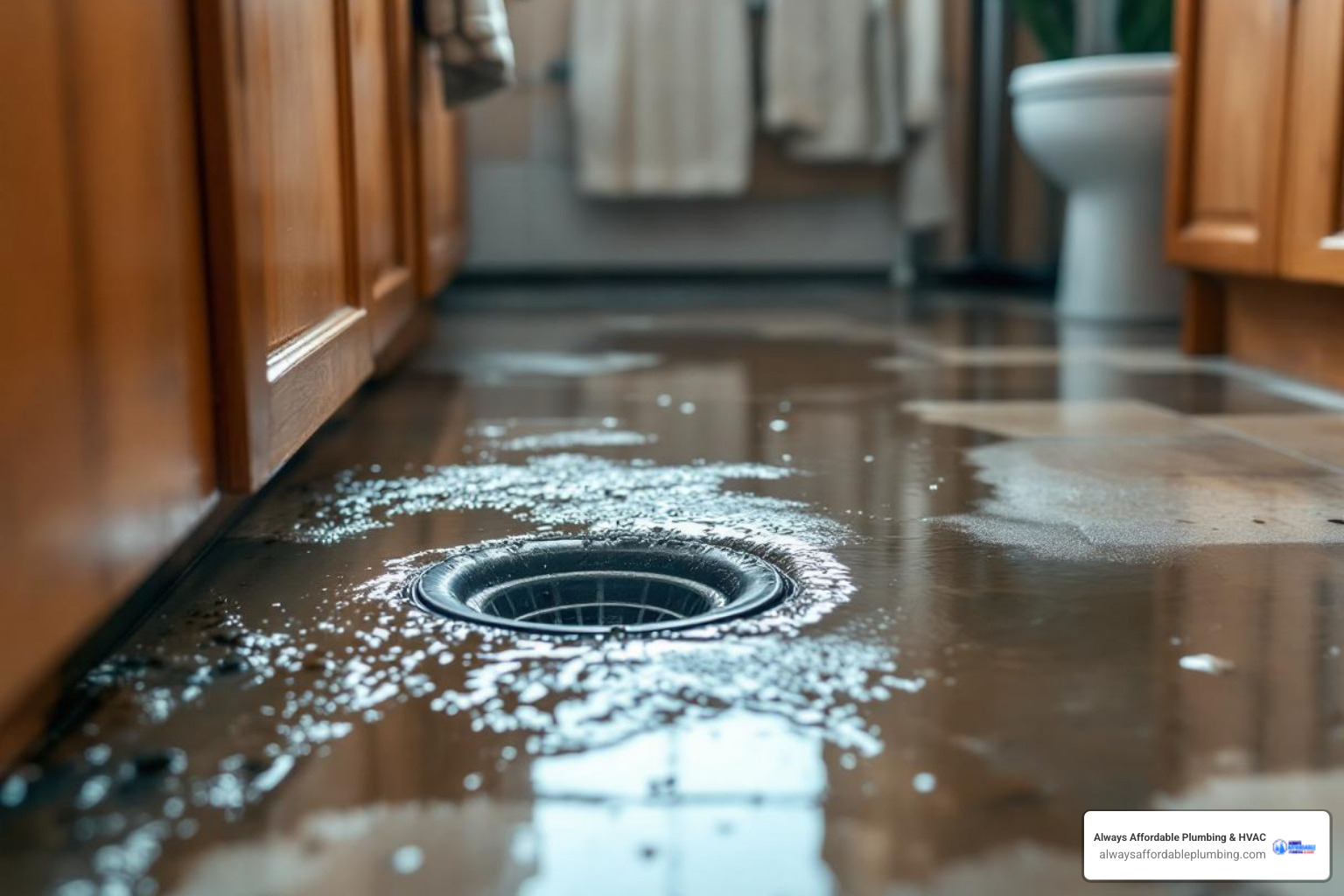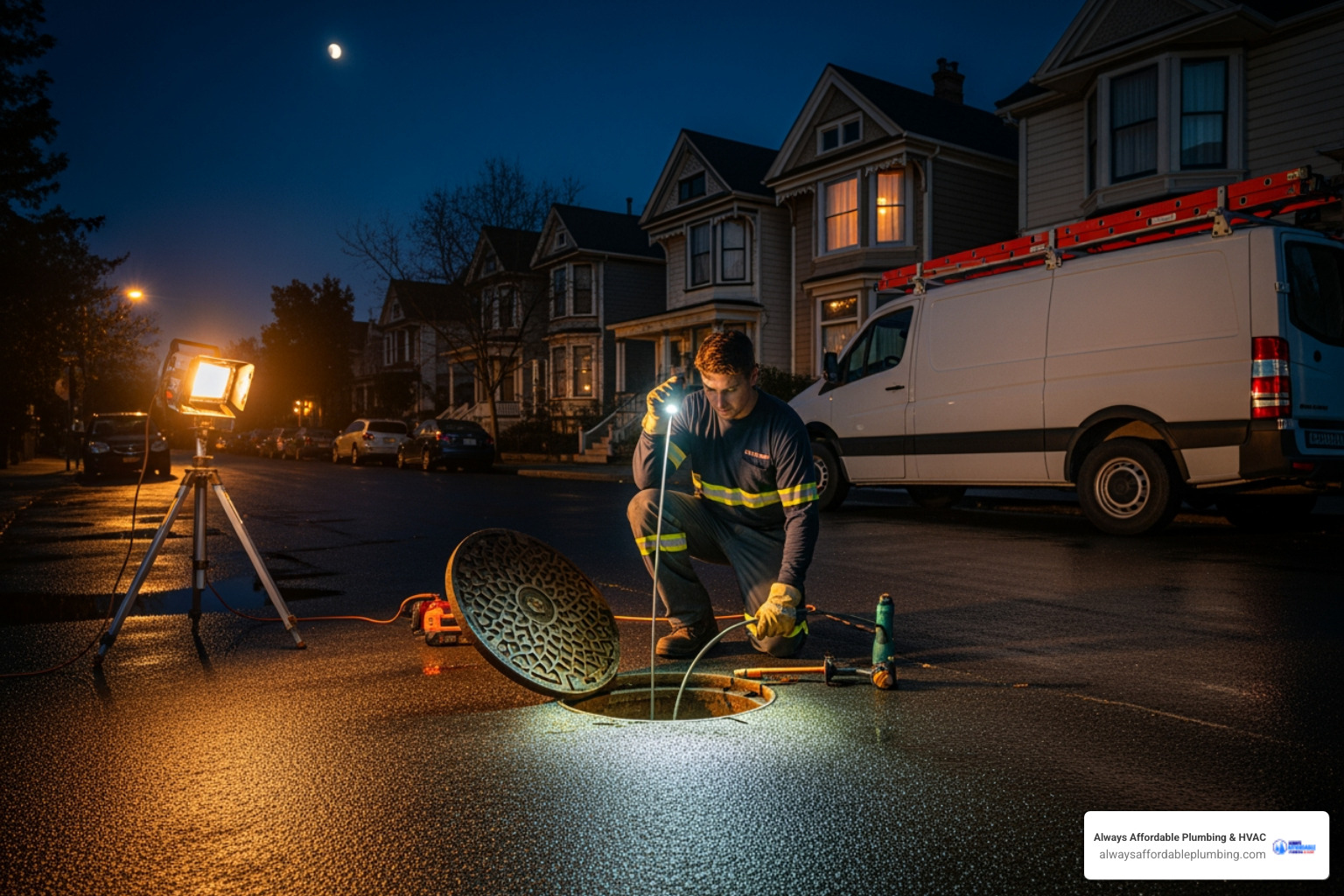
Guarding Your Pipes Against Winter's Chill with Always Affordable Plumbing & HVAC
Winter can be harsh on your plumbing, and one of the most dreaded issues is a burst pipe. At Always Affordable Plumbing & HVAC, we understand the importance of safeguarding your home against potential winter plumbing disasters. Here's a comprehensive guide on how to prevent pipe bursts during the colder months.
Insulate Exposed Pipes
Winter-proof your plumbing by insulating exposed pipes. This is especially crucial for pipes in unheated areas like basements, attics, and crawl spaces. Insulation sleeves or wrapping can help prevent freezing and reduce the risk of pipe bursts. Ensure even the smallest sections of piping are adequately covered.
Keep a Consistent Temperature
Maintain a consistent temperature throughout your home, even when you're away. Slight fluctuations in temperature can lead to frozen pipes. If you're leaving for an extended period, set your thermostat to a temperature that ensures your pipes stay above freezing.
Seal Gaps and Cracks
Prevent cold air from entering your home by sealing gaps and cracks. Check windows, doors, and any openings in the walls where cold air might seep in. This not only helps in preventing frozen pipes but also contributes to overall energy efficiency.
Let Faucets Drip in Extreme Cold
Allow faucets to drip during extremely cold nights. Running water, even at a trickle, can help prevent pipes from freezing. This is especially effective for faucets connected to pipes that run along exterior walls.
Disconnect and Drain Outdoor Hoses
Before winter sets in, disconnect and drain your outdoor hoses. Leaving hoses connected can cause water to back up into the faucets and pipes inside your home, increasing the risk of freezing and bursting.
Consider Installing Pipe Heating Cables
For added protection, consider installing pipe heating cables. These cables can be wrapped around pipes to provide consistent and regulated heat, preventing freezing even in the coldest temperatures.
Winterize Your Plumbing with Always Affordable Plumbing & HVAC
As winter approaches, taking proactive steps to prevent pipe bursts is key to ensuring a stress-free season. At Always Affordable Plumbing & HVAC, our commitment is to provide high-quality, budget-friendly services. If you need assistance in winterizing your plumbing or addressing any issues, contact us anytime 24/7. Let's make sure your winter is worry-free.
Call Always Affordable Plumbing & HVAC for our Sacramento or Solano location to schedule your expert plumbing services and protect your home from winter pipe bursts!
FAQs
What temperature should I keep my house at in winter so my pipes don't freeze?
To prevent pipes from freezing in winter, it's recommended to keep your house temperature set to at least 55°F or higher, especially when you're away. Maintaining a consistent indoor temperature helps ensure that pipes in unheated areas, such as basements and crawl spaces, remain above freezing. This practice provides a crucial buffer against the risk of frozen pipes, safeguarding your plumbing system during colder months.
How to prevent pipes from freezing in the winter?
To prevent pipes from freezing in the winter, you can insulate them with materials like foam pipe insulation or heat tape. Proper insulation acts as a barrier against the cold, helping to retain heat within the pipes. Additionally, allowing faucets to drip during extremely cold nights can prevent freezing by keeping water flowing. Ensuring a consistent indoor temperature, sealing gaps and cracks, and disconnecting outdoor hoses are also effective measures to safeguard pipes from freezing.
What do you wrap pipes with so they don't freeze?
To prevent pipes from freezing, you can wrap them with insulation materials such as foam pipe insulation or heat tape. Foam pipe insulation sleeves are easy to install and provide a protective layer against the cold. Heat tape, or heating cable, is another effective solution, as it provides a regulated heat source that helps prevent freezing. Wrapping exposed pipes in these materials is a proactive measure to ensure they remain at a safe temperature during winter.
Which house pipes are most likely to freeze?
Pipes in unheated or poorly insulated areas are most likely to freeze in winter. This includes pipes in basements, crawl spaces, attics, and those located along exterior walls. Outdoor plumbing such as garden hoses and sprinkler systems are also susceptible. Taking extra precautions, such as insulating and sealing these vulnerable areas, can significantly reduce the risk of frozen pipes and potential damage.
Is 72 too high for thermostat in winter?
Setting the thermostat at 72°F in winter is generally comfortable, but it might be considered higher than necessary for energy efficiency. Many people find a range between 68-72°F comfortable for winter heating. However, for cost savings, consider setting the thermostat lower, especially when you're away or at night when you can comfortably layer clothing or use blankets. Programmable thermostats are helpful for automating temperature adjustments, ensuring both comfort and energy efficiency during the winter months.
Other Blogs
Customer Testimonials
See what our satisfied customers have to say about their experience with Always Affordable
Plumbing & HVAC.
Latest Blog Posts


Elk Grove Emergency Drain Cleaning: When Every Second Counts






